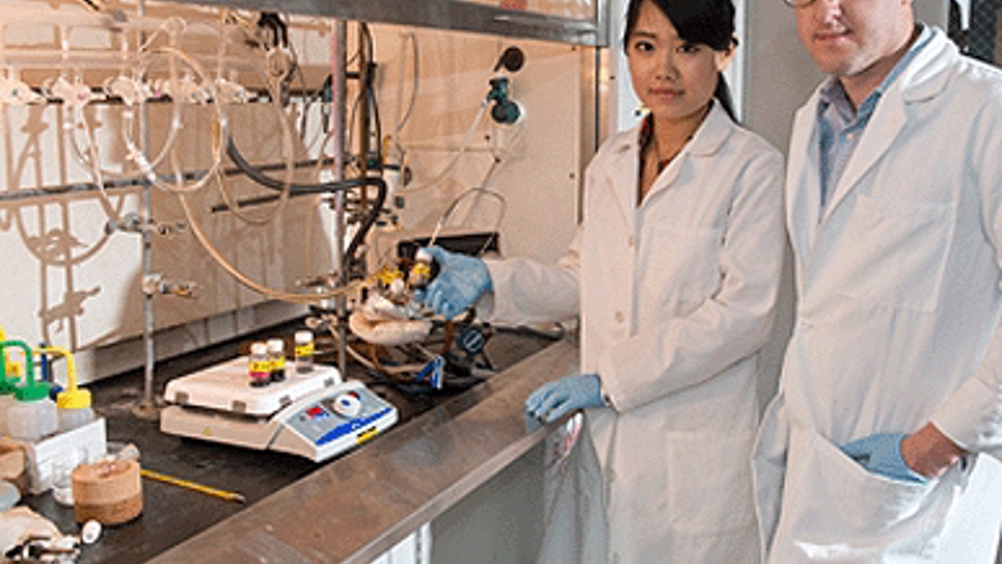'Nano-alloy' fabrication method has promise for new materials
Chemists in Syracuse University’s College of Arts and Sciences have developed a method of synthesising nanomaterials with stainless steel-like interfaces.

It is claimed their discovery may change how the form and structure of nanomaterials are manipulated, particularly those used for gas storage, heterogeneous catalysis and lithium-ion batteries.
The findings are the subject of an article in the journal Small, co-authored by associate professor Mathew M. Maye and research assistant Wenjie Wu.
Until now, scientists have used many wet-chemical approaches to manipulate reactions in which metallic ions form alloys at the nanoscale. Here, metal nanoparticles are typically 2 to 50 nanometres in size and have unique properties, including high reactivity and novel chemistry.
‘At SU, we have developed a new synthetic pathway to tailor the internal microstructure of nanomaterials,’ Maye said in a statement.
Maye’s approach begins with a pre-synthesised iron nanoparticle core. After synthesising the core in its crystalline metallic form, he and Wu chemically deposit thin shells of chromium onto the iron.
When the core/shell nanoparticles are exposed to high temperatures, they anneal. Moreover, the iron and chromium diffuse into one another, forming an iron-chromium alloy shell thereby giving the core/alloy product an interface similar to some forms of stainless steel.
Register now to continue reading
Thanks for visiting The Engineer. You’ve now reached your monthly limit of news stories. Register for free to unlock unlimited access to all of our news coverage, as well as premium content including opinion, in-depth features and special reports.
Benefits of registering
-
In-depth insights and coverage of key emerging trends
-
Unrestricted access to special reports throughout the year
-
Daily technology news delivered straight to your inbox










CCC Report Finds UK Climate Targets Still Within Reach
In 1990 67% of the UK´s electricity came from coal-fired power stations and even without renewables the transition to gas was a major contributor to...